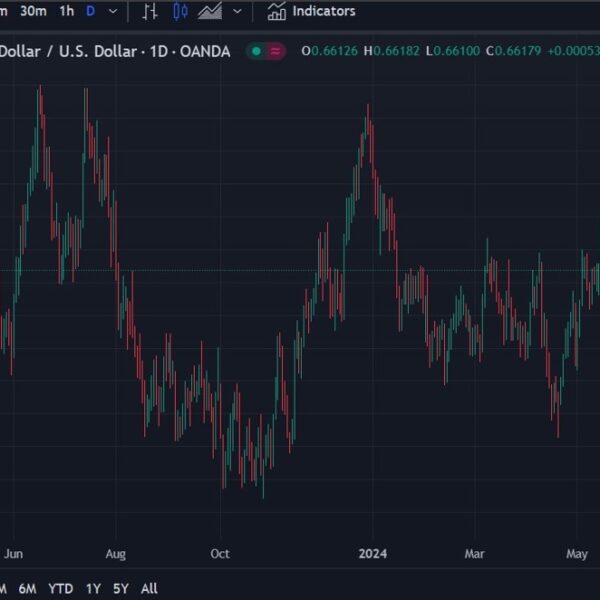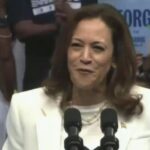A customer shops at a supermarket on August 14, 2024 in Arlington, Virginia.
Sha Hanting | China News Service | Getty Images
Federal Reserve officials will get the latest look at their favorite inflation indicator Friday, a data snapshot that could influence the September rate decision even as policymakers appear to have their focus elsewhere these days.
The Commerce Department at 8:30 a.m. ET will release its personal consumption expenditures price index, a sprawling measure of what consumers are paying for a variety of goods and services as well as their spending preferences.
While the Fed uses a whole dashboard of indicators to measure inflation, the PCE index is its go-to data point and its sole forecasting tool when members release their quarterly projections. Policymakers especially hone in on the core PCE measure, which excludes food and energy, when making interest rate decisions.
The Fed prefers the PCE over the Labor Department’s consumer price index as the former takes into account changes in consumer behavior such as substituting purchases, and is broader.
For the July reading, the Dow Jones consensus sees little change in recent trends — 0.2% monthly increases in both headline and core prices, and respective gains of 2.5% and 2.7% annually. At the core level, the 12-month forecast actually indicates a slight bump up from June, while the all-items measure is the same.
Should the readings roughly match the forecast, they should do little to dissuade Fed officials from following through with a much-anticipated interest rate cut at their Sept. 17-18 policy meeting.
“To me, it’s going to be just one more piece of evidence to confirm that the Fed is seeing sustainable inflation readings at a sustainable pace,” said Beth Ann Bovino, chief economist at U.S. Bank. Any slight upticks are “really just base-effect kinds of things that aren’t going to change the Fed’s view.”
Fed officials aren’t declaring victory over inflation yet, though recent statements indicate a more positive outlook. The central bank targets inflation at 2% annually.


While the respective PCE readings haven’t been below that level since February 2022, Fed Chair Jerome Powell last week said that “my confidence has grown” that inflation is heading back to target. But Powell also expressed some reservations about the slowing labor market, and it appears the Fed now is tilting away from being an inflation fighter and focusing more on supporting the jobs picture.
“The upside risks to inflation have diminished. And the downside risks to employment have increased,” Powell said.
That view has been taken as an indication that policymakers will be focused more on preventing a labor market reversal and a broader slowdown in the economy. In turn, that could mean less of a focus on numbers such as Friday’s PCE reading and more on the Sept. 6 report on August nonfarm payrolls.
“The focus on the Fed is going to be on the jobs front,” Bovino said. “They seem to be more attuned to whether the jobs side is getting a little weaker. I think that’s the focus of their monetary policy.”
In addition to the inflation readings Friday, there will also be a look at personal income in July, which is expected to increase by 0.2%, and consumer spending, which is projected to rise 0.5%.















